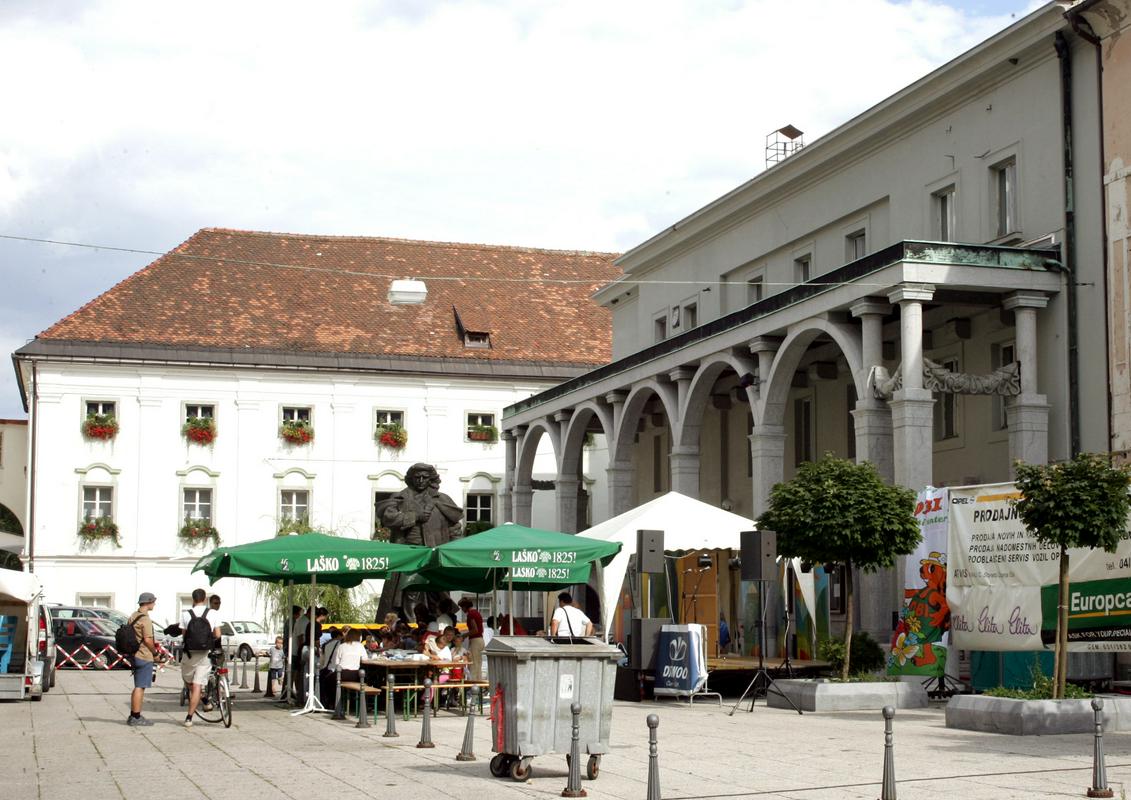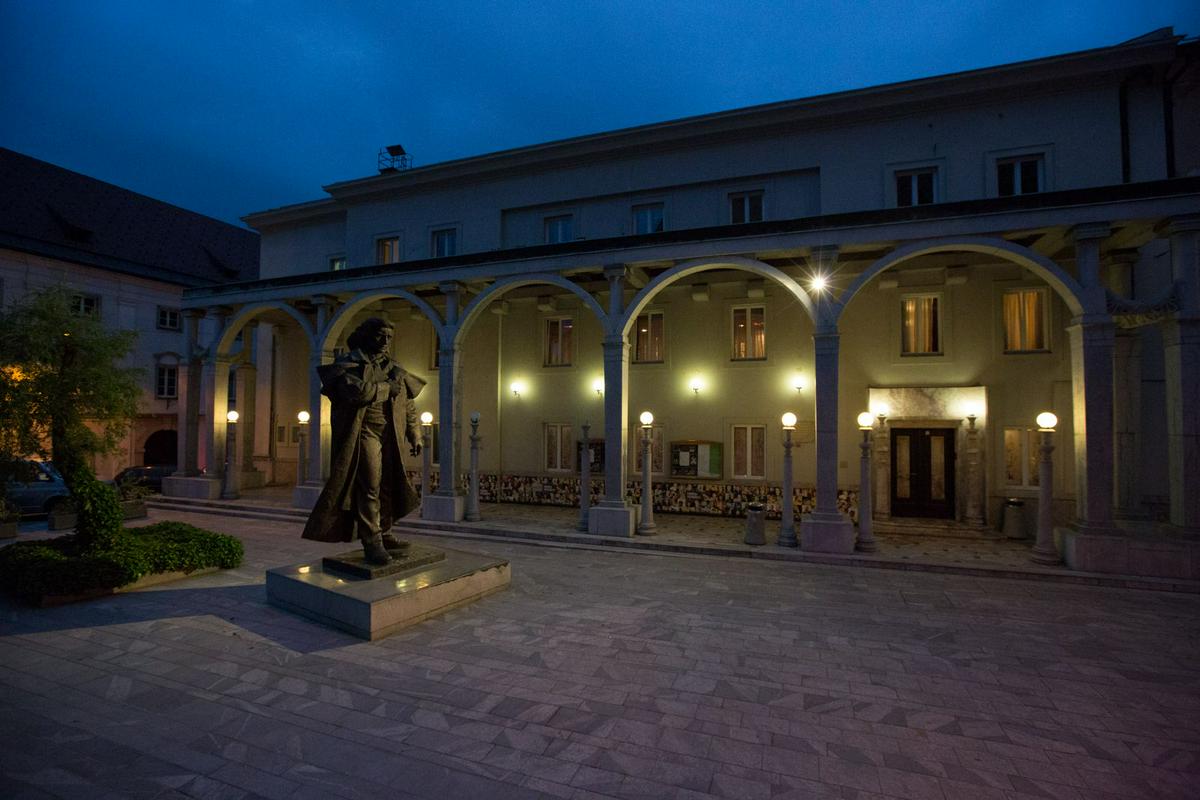


Perched on a rocky promontory at the confluence of the Sava and Kokra rivers, the old town of Kranj has one of the most spectacular medieval skylines that you’ll likely ever see. Not as well-known as Bled or as heavily trodden by tourists on Kranjska Gora, in most senses of the word Kranj is still the true capital of the Gorenjska region, both historically speaking and nowadays, as it has long-served as one of the main industrial centres of Slovenia and is also the country’s third largest city.
Thanks to its ideal position at the foothills of the mountains but also only a short commute (20km) to Ljubljana, Kranj is a popular place for young families to settle down, as property prices are a bit more reasonable here than in the capital, and an abundance of shopping centres and other modern conveniences have been built in recent years. Of course it’s Kranj’s historic centre that is still the main draw for most tourists and day trippers. Protected as a national cultural monument since 1983, the lively old town boasts an variety of diverse sights, from religious monuments and ethnological museums to modern arts spaces and unique remnants from World War II. For most Slovenes the city is inextricably linked with the nation’s greatest poet, France Prešeren, who lived and worked here in the mid-19th century.
A key element of Kranj’s magnificent medieval skyline and quite literally an inseparable part of the town (as the complex’s lower section forms part of the defensive walls), Khislstein Castle derives both its name and Renaissance appearance from its 16th-century owner Janez Khisl. Historical records show that other fortifications were built on the same site as early as the 5th century, while excavations of the castle’s foundations have unearthed artefacts going all the way back to late Antiquity. More recently the castle and its grounds were extensively renovated in 2012, when the open-air summer theatre was built and the Museum of Gorenjska’s central exhibition was opened on the premises. Titled Beautiful Gorenjska, the comprehensive and extremely well presented exhibition leads visitors on a journey from the geological formation of the region millions of years ago, through prehistoric settlements, the arrival of Slavic tribes, development of Slovenes as a distinct people, growth during the medieval and renaissance periods, and concludes with modern Slovenia’s accession to the European Union. Special emphasis is given to several other important areas such as the ethnology of rural life in the region, including both the hardships faced and social triumphs, the notable individuals of the 19th century, both World Wars and the Yugoslav era. The space of the castle’s interior is used to maximum effect, and some interesting and novel curatorial approaches make a visit here both fascinating and informative. As such, the museum is great place to begin a first trip to the region.
Kokra River Canyon
While most visitors admire Kranj for the breathtaking panoramic views of the mountains to the north, the first inhabitants chose to settle here not for its natural beauty, but for the more practical reason that the 30m deep gorge immediately to the east provided a significant defensive advantage. Carved into the colourful conglomerate sedimentary rock at the end of the most recent ice age, the lush green canyon is home an extremely diverse collection of plants and animals, and has been a protected natural site since 1983. For those who would like to explore the area themselves, the most easily accessible public entrance is next to the bridge on Poštna Ulica, and the tourist office stocks a very informative brochure that includes a maps as well as details about the areas flora and fauna, geological history and the milling industry that flourished here until the early 20th century. During the summer months several rocky beaches found along the riverbanks are popular destination for swimmers or those just looking to escape the heat.

































































